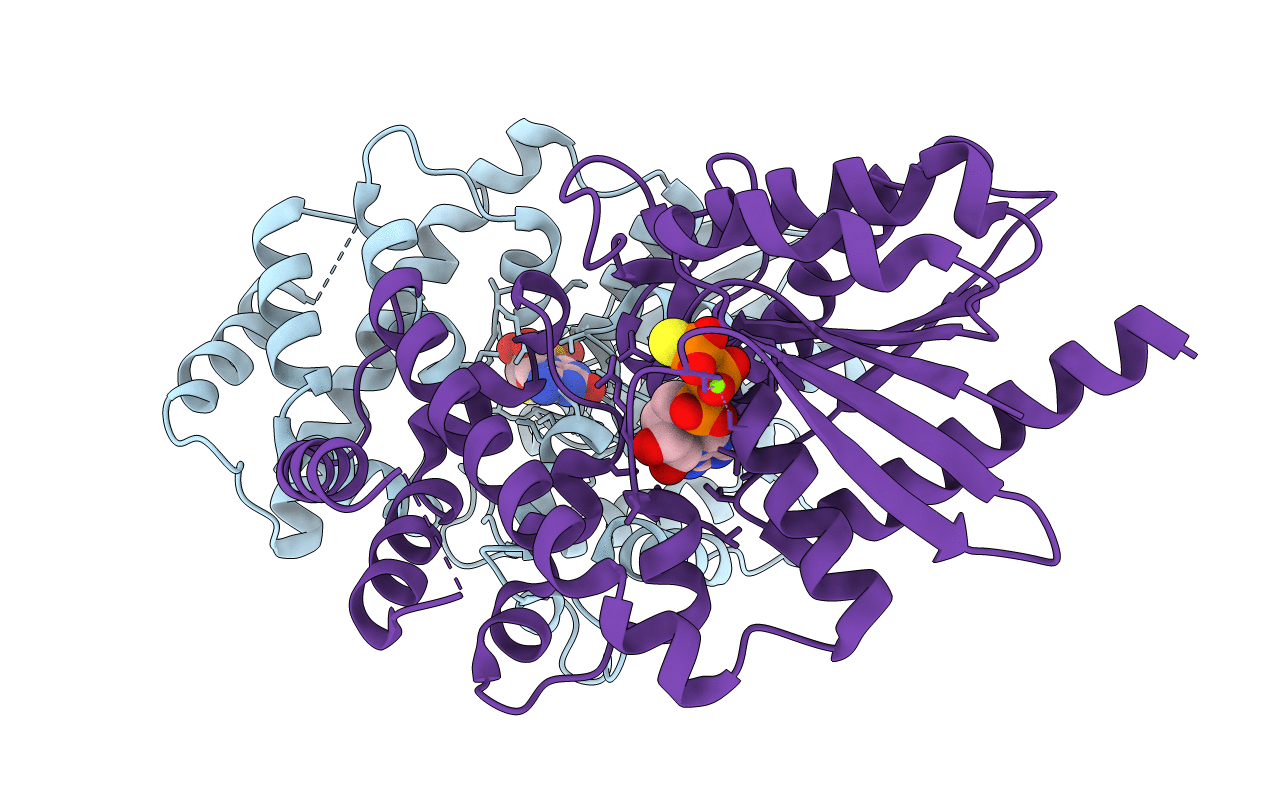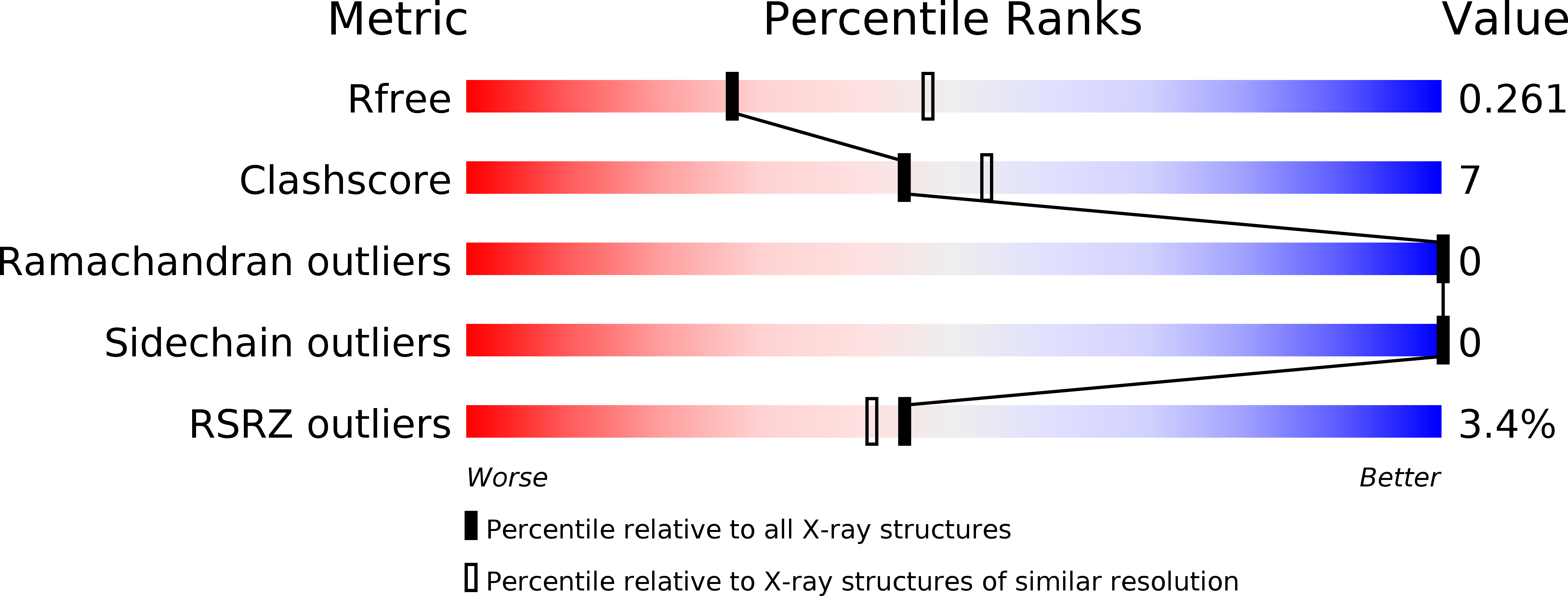
Deposition Date
2016-06-08
Release Date
2016-08-03
Last Version Date
2023-09-27
Entry Detail
PDB ID:
5KDL
Keywords:
Title:
Crystal structure of the 4 alanine insertion variant of the Gi alpha1 subunit bound to GTPgammaS
Biological Source:
Source Organism:
Rattus norvegicus (Taxon ID: 10116)
Host Organism:
Method Details:
Experimental Method:
Resolution:
2.67 Å
R-Value Free:
0.26
R-Value Work:
0.20
R-Value Observed:
0.21
Space Group:
P 1 21 1


